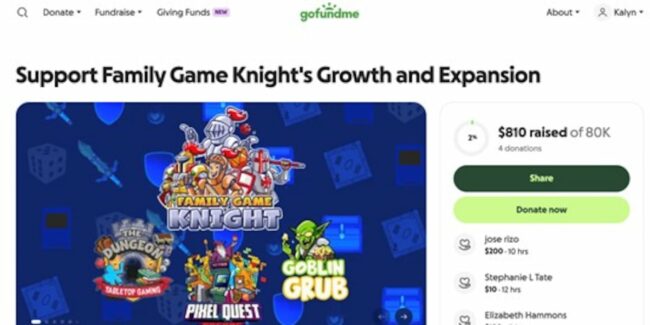South Dakota State crops judging team does well
… major from Elbow Lake, Minnesota, placed second; Evan Olson … science major from Forbes, North Dakota, placed third; and Lily … team then traveled to Kansas City, Missouri, for the Collegiate … agronomy major from Arlington, Nebraska, attended as team alternate. …




